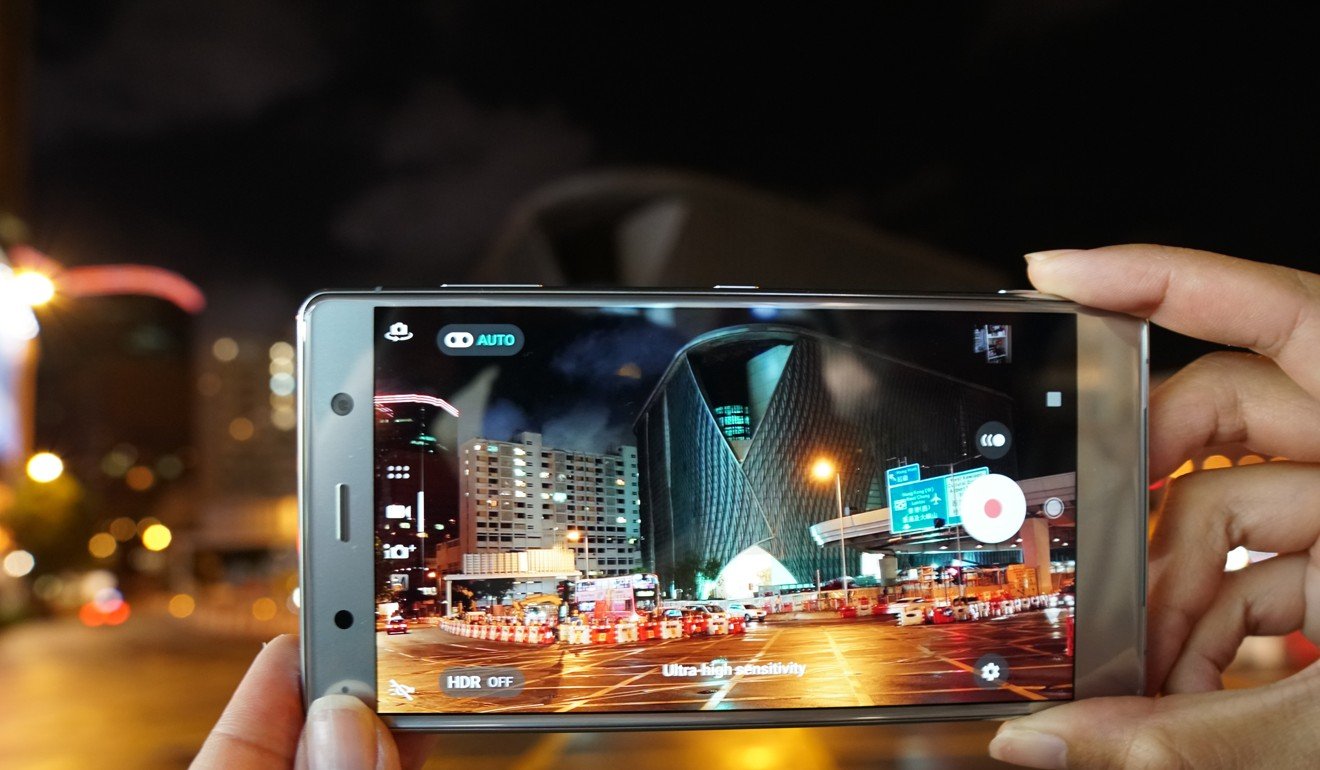
Phone camera face-off: Sony XZ2 Premium vs Huawei P20 Pro – there’s one clear winner, depending on what you’re after
New Sony handset’s cameras have the highest light sensitivity of any smartphone – ISO 12,800. That pays dividends for lowlight video shooting, which is better than the Huawei, but the P20 Pro is still the still-photo king
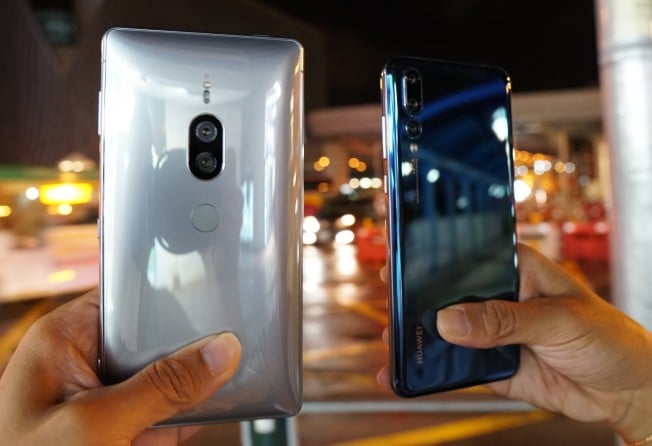
To say Sony smartphones haven’t been selling well lately is a major understatement.
In a development that would have been unfathomable even a decade ago, the Japanese electronics giant has completely lost this part of the gadget battle to not just fellow legacy brands like Apple and Samsung, but Chinese names that were barely on the international radar a few years ago.
But Sony is looking to bounce back with its 2018 flagship, the Xperia XZ2 Premium. It’s got the usual top-tier Android specs and a more modern design, but more importantly, a camera that has the highest video recording ISO sensitivity – ISO 12,800 – in a smartphone, which means it can capture more light than any other.
How does it fare when pitted against the triple-lens Huawei P20 Pro, which everyone agrees shoots the best lowlight images of any smartphone?

Hardware
The Xperia XZ2 Premium is the first Sony handset to use a dual camera system – a combination of RGB colour and monochrome sensors first used in smartphones on the Huawei P9 in 2016.
That means the phone uses its secondary black and white sensor to gather light information to feed to Sony’s newly developed image signal processor (which the manufacturer calls AUBE) to produce a brighter image.
The Huawei P20 Pro, on the other hand, flanks its RGB and monochrome sensors with a telephoto lens, and the phone will pull image information from all three lenses for each image it shoots.
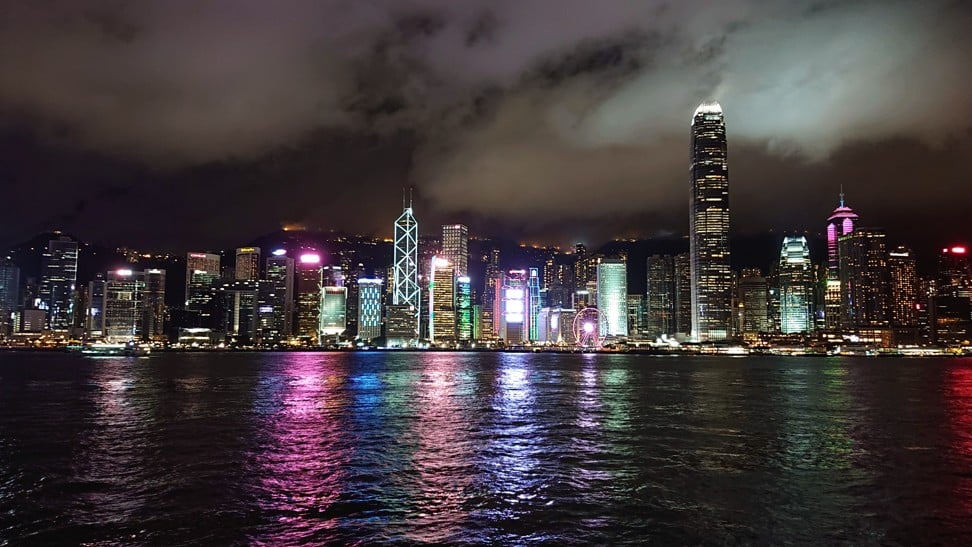
Nighttime photography
We took the Kowloon skyline across Victoria Harbour as our subject. Both shots look great on a small mobile screen, as both cameras pulled in admirable detail and lighting, but because Huawei’s phone uses a process called “pixel binning” – which combines four pixels into one to fuse more light information together – the overall size/resolution of the image is smaller than Sony’s image.

The XZ2 Premium’s image is a bit brighter, but it also overexposes many of the lights. The P20 Pro’s shot is sharper, though it does have that trademark Huawei “overly processed” look. If you zoom into the top of the ICC, you’ll see that the Sony was unable to get a clear view of that building, while Huawei’s shot is sharper.
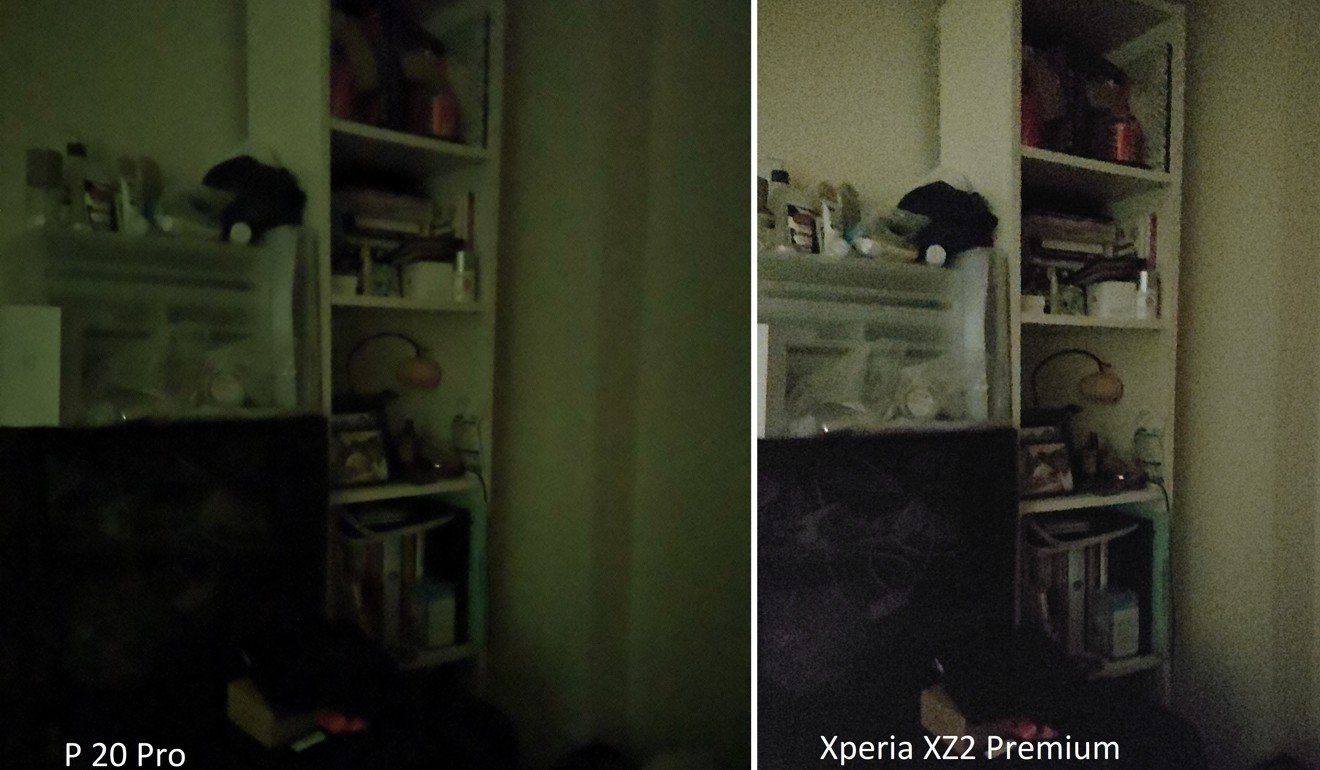
Super lowlight photography
We now move to a much darker scene: a living room with no windows and no lights on. Both of these images – shot at a quarter-second shutter speed set automatically by both phones – are impressive considering the scene to the human eye was pitch black at the time. Here, Sony’s extra ISO sensitivity makes the difference, as the image is just brighter all around.

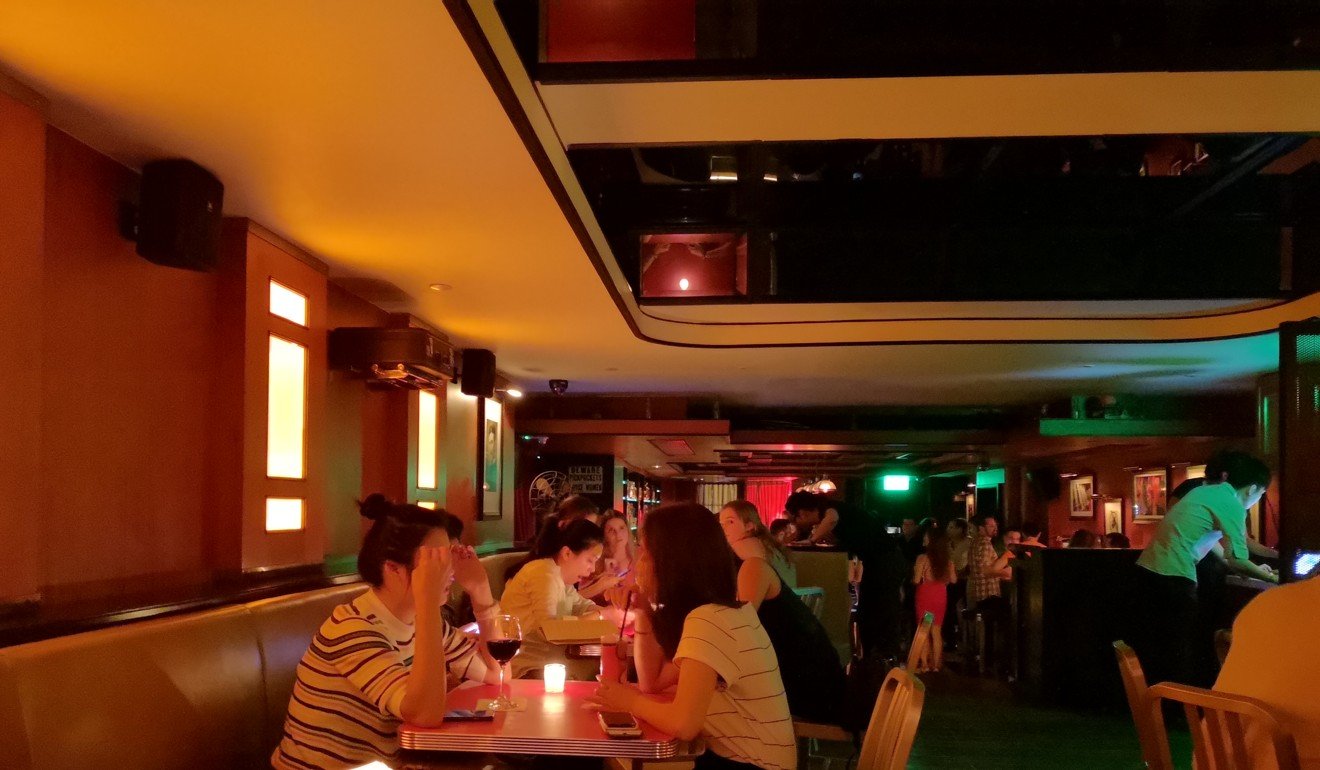
Look at a few more samples – shots inside a dimly lit bar; at a park after hours – and it’s apparent that the Xperia XZ2 Premium doesn’t quite top the P20 Pro at pulling in light, except when in pitch black situations.
Huawei’s pixel binning tech along with AI-powered image processing is just untouched right now on the mobile market. But Sony’s promotional campaign doesn’t really focus on still image quality; instead, the Xperia XZ2 Premium’s killer feature is lowlight videography, and this is where Sony’s camera mops the floor with Huawei’s camera.
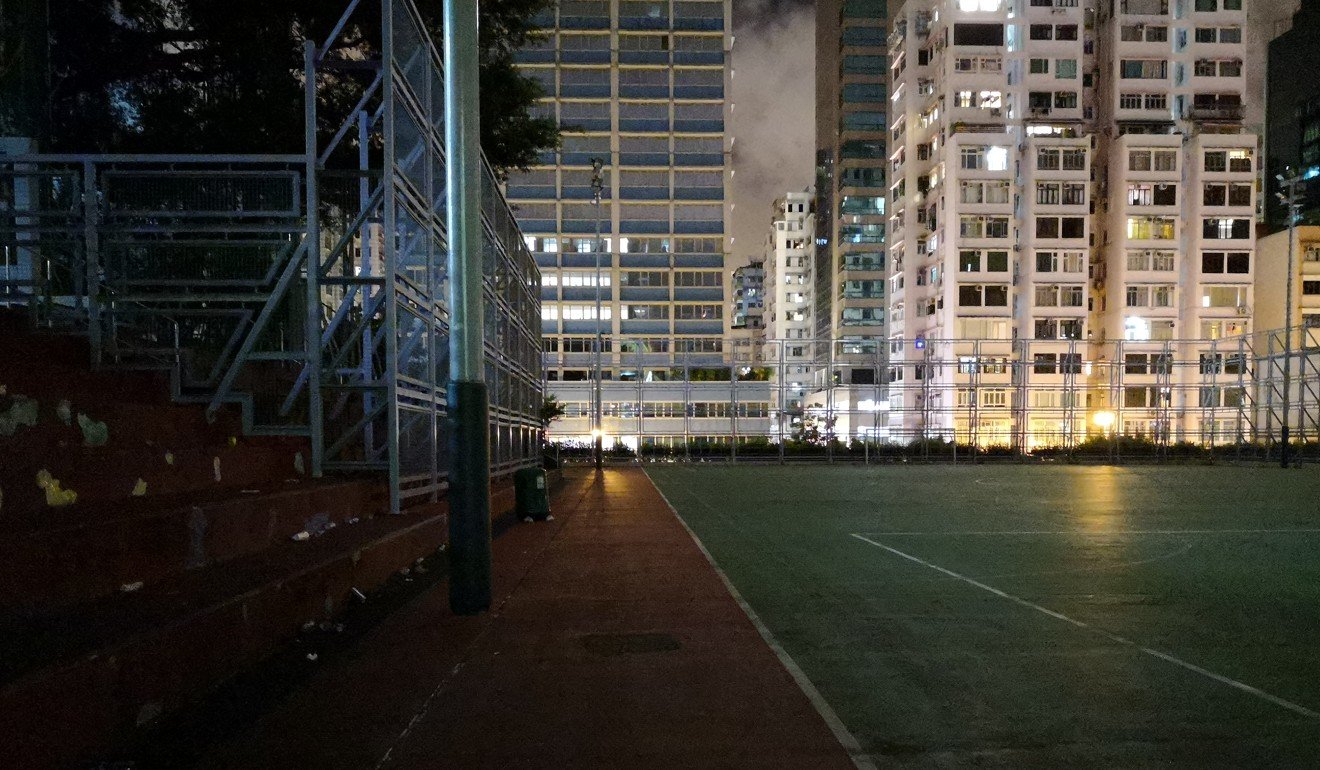

Lowlight video
In the video below, you’ll see side-by-side footage of the two phones shot at the Tsim Sha Tsui Promenade and in a dark alley, and in both videos, the Xperia XZ2 Premium’s footage is brighter and smoother. Huawei’s footage is full of micro-jitters, which is a sign the optical image stabiliser is struggling to keep up with the dark scene.
Conclusion
The results of this low light shoot-out is pretty cut and dried. If shooting videos at night is your thing, the Sony Xperia XZ2 Premium’s DSLR-quality ISO makes it almost certainly the best phone on the market for video shooting right now. But if you favour still images over video, then the Huawei P20 Pro is still king.